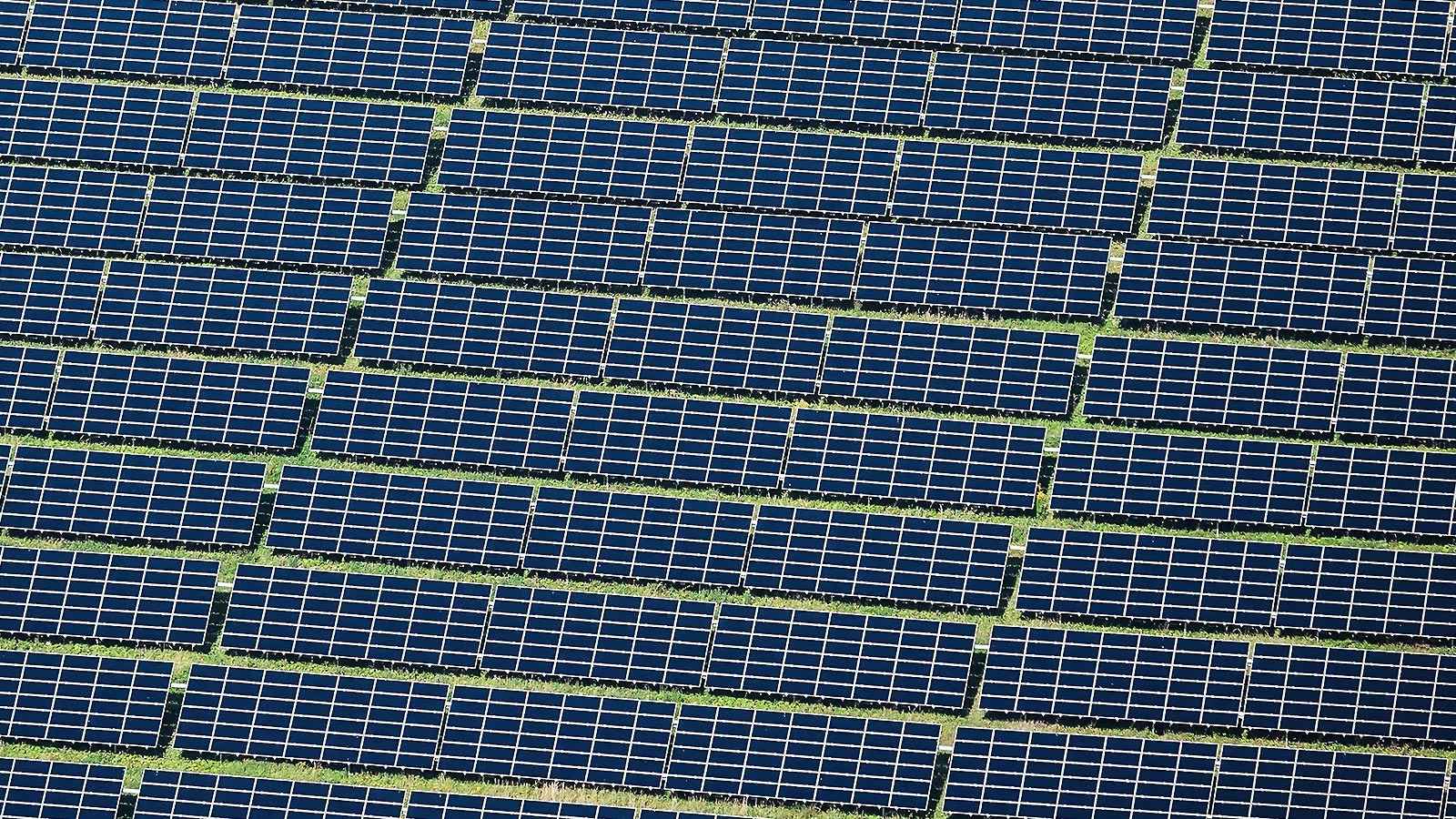{{item.title}}
{{item.text}}

{{item.text}}
Client: Australia's national science agency, CSIRO
Location: Nationwide
Sector: Research and development, Renewable energy, Energy transition, Critical minerals
Services: Industry analysis, Supply chain analysis, ESG analysis, Stakeholder engagement
PwC Teams involved: Energy Transition
Instead of ‘digging and shipping’ our raw materials and buying back the finished products, what would the future look like if we value-added locally? With solar set to drive our renewable energy future, Australia’s national science agency, CSIRO, engaged PwC Australia to consider the opportunities to do more with the nation’s rich sources of quartz by developing a secure, sustainable, Australian supply chain from quartz to silicon to solar cells.
Our review for CSIRO of the opportunities for Australia and steps towards developing a silicon and solar supply chain are encapsulated in the Australian Silicon Action Plan, released by the Hon Ed Husic MP, Minister for Industry and Science, on 9 December 2022.
The global deployment of solar technology, at increasing scale, will be critical to the success of the clean energy transition. That technology is underpinned by silicon. The life of a solar cell begins with the extraction of high-quality quartz, which is then smelted into silicon, processed into polysilicon, formed into ingots, cut into wafers, incorporated into solar cells and assembled into solar modules.
Australia has the sun and land available to build solar projects at scale to achieve our national targets of cutting emissions by at least 43% by 2030 and reaching net zero by 2050. Solar is also the bedrock of a potential local green hydrogen industry of global significance, enabling the export of green energy to other countries to help achieve their net zero goals. An anticipated 360 GW of installed solar in Australia is needed by 2050 to achieve the vision of being a clean energy and green hydrogen superpower. To fulfil a solar ambition on this scale a much greater supply of silicon will be required.
Most of the world's silicon supply chain and solar panel production is concentrated in China. Disruptive events such as COVID-19 and geopolitical uncertainties have highlighted the risks posed by concentrated supply chains in terms of product availability, price volatility and delayed delivery. The current global energy crisis, too, has heightened the focus on investing locally to secure our energy independence.
The current silicon supply chain is also under increasing scrutiny from the perspective of operating standards, labour practices and the carbon footprint arising from its high energy intensity. With plenty of mineral reserves, renewable energy and strong ESG credentials, Australia has an opportunity to add value to our raw materials and create an alternative supplier to ease the current supply chain concentration.
Australia’s current solar cell supply chain activities are limited, but opportunities abound to capture significant economic and social benefits that local manufacturing and value-added activities could generate.
CSIRO engaged PwC to propose a set of actions to develop a silicon and solar supply chain in Australia. The resulting Australian Silicon Action Plan lays out achievable steps for government, industry, and research organisations to orientate Australia towards an integrated silicon-to-solar-cell supply chain.
The plan sets out a vision for an integrated low-carbon supply chain, including recycling to address end-of-life considerations, that is powered by renewable energy, creates truly circular outcomes, and de-risks the overall solar PV supply chain.
Actions are staged across three ‘horizons’. Horizon 1 focuses on immediate actions to incentivise, develop and expand Australia’s quartz supply and silicon smelting capacity. These include establishing industry standards and resources, sharing risk, funding and establishing testing facilities, and participating in international research and development, such as developing low-carbon alternatives for use in the smelting process.
Horizon 2 focuses on expanding Australia’s supply chain activity by developing capacity in ingot, wafer and cell manufacturing, and by investing in module manufacturing, assembly and recycling capabilities. It also includes continuing to explore and assess emerging technologies.
Horizon 3 aims to complete the supply chain by adding polysilicon production capacity in Australia – and, as an interim solution, exploring strategic partnerships with international polysilicon producers that can improve supply chain security in the near term.
The abbreviation of the Australian Silicon Action Plan to ‘ASAP’ is apt. To realise the vision will require targeted and collaborative action, and it must begin now. All stakeholders in the solar cell ecosystem have a role to play, including quartz and silicon producers, governments at state and federal level, capital providers, R&D providers and solar developers.
If the actions set out in the Australian Silicon Action Plan are implemented, Australia can take up the valuable opportunity to develop a resilient silicon supply chain on our shores. This would secure our energy independence and be a critical enabler of our energy transition.
{{item.text}}

{{item.text}}


